When you set up a home security system, you’ll no doubt feel a cloak of safety over your family–it’s a truly worthwhile project, as it just gives you that extra peace of mind. However, setting such a system up is not going to be easy, and many Americans that do so tend to encounter problems, often after all of their hard work. So, if you’re planning to install a home security system, watch out for the following common mistakes.
Ignoring Blind Spots in Camera Placement
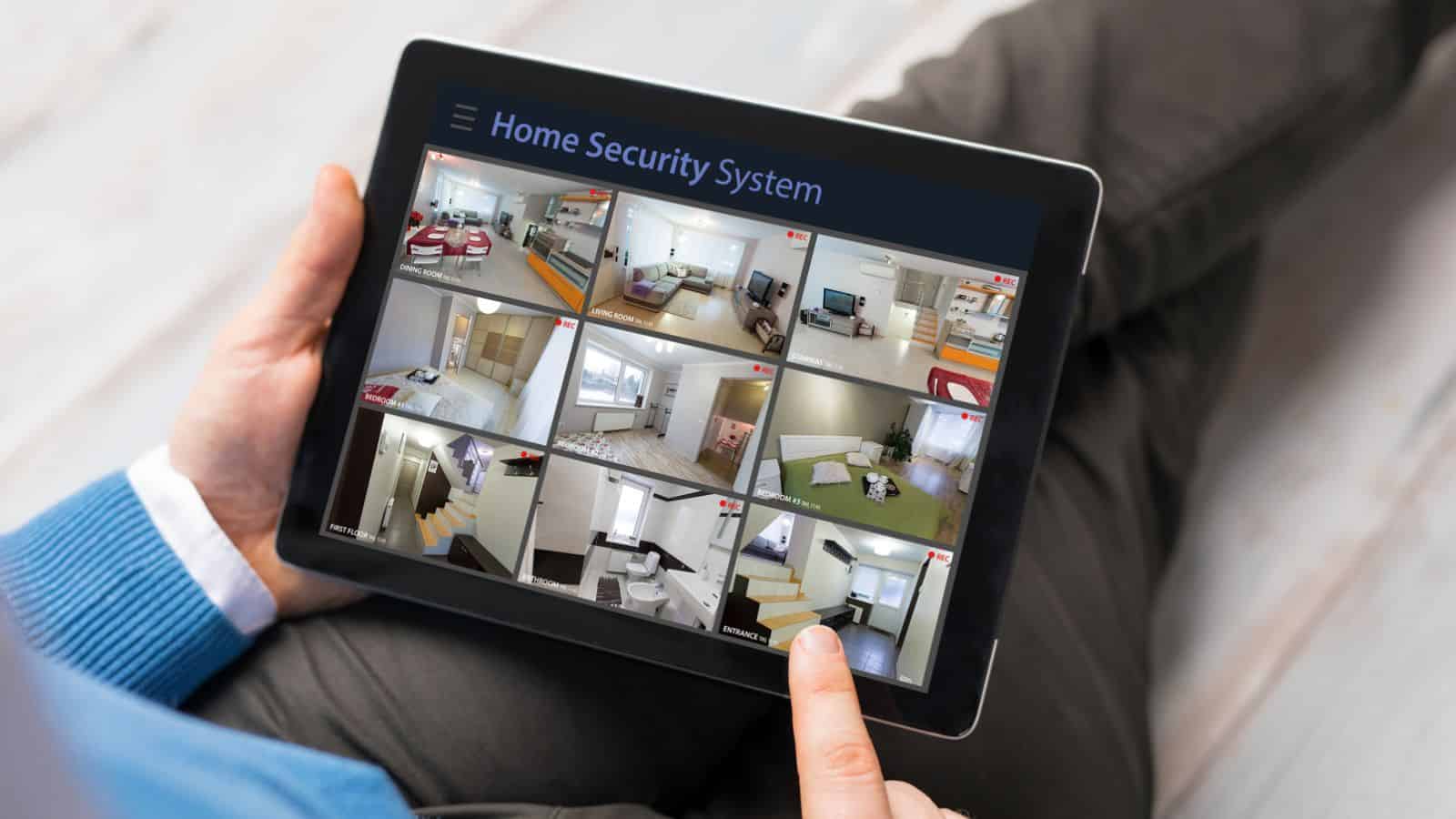
Security cameras are going to form a major part of your home security system, so make sure you position them so that they properly cover every angle. So many people accidentally leave blind spots, such as corners and low visibility areas around the property. Unfortunately, criminals are often able to identify these blind spots and use them to their advantage, so double-check your cameras and ensure your entire property is covered.
Choosing the Wrong Camera for Each Location
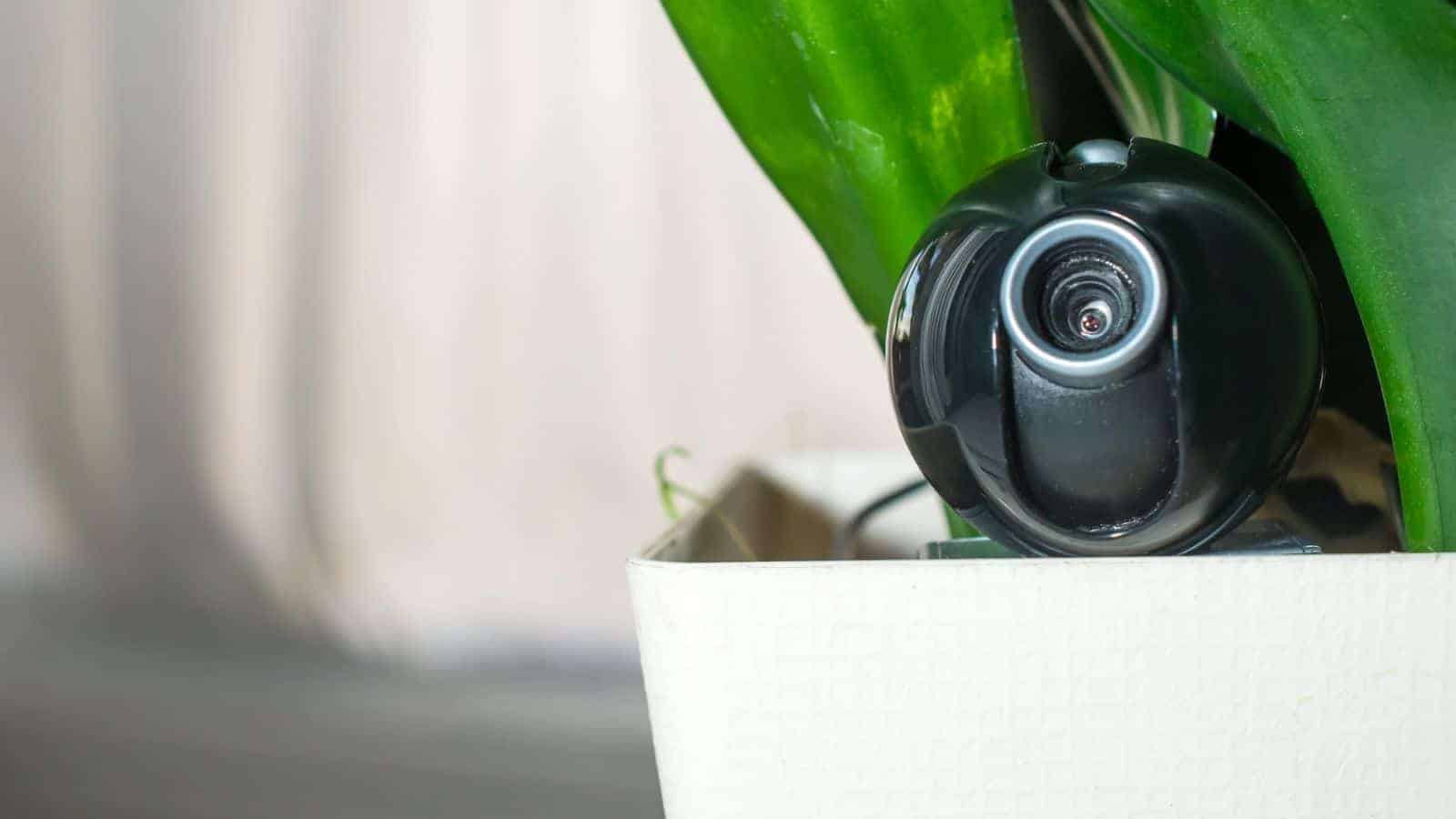
Not all cameras perform equally in every environment; for example, indoor models may falter outdoors, while outdoor cameras might be excessive inside. Furthermore, selecting cameras with weatherproofing and specifications that match each space’s lighting and exposure is crucial. Therefore, you shouldn’t go for a “one size fits all” approach; instead, choose different cameras where needed.
Forgetting to Secure Wi-Fi Access
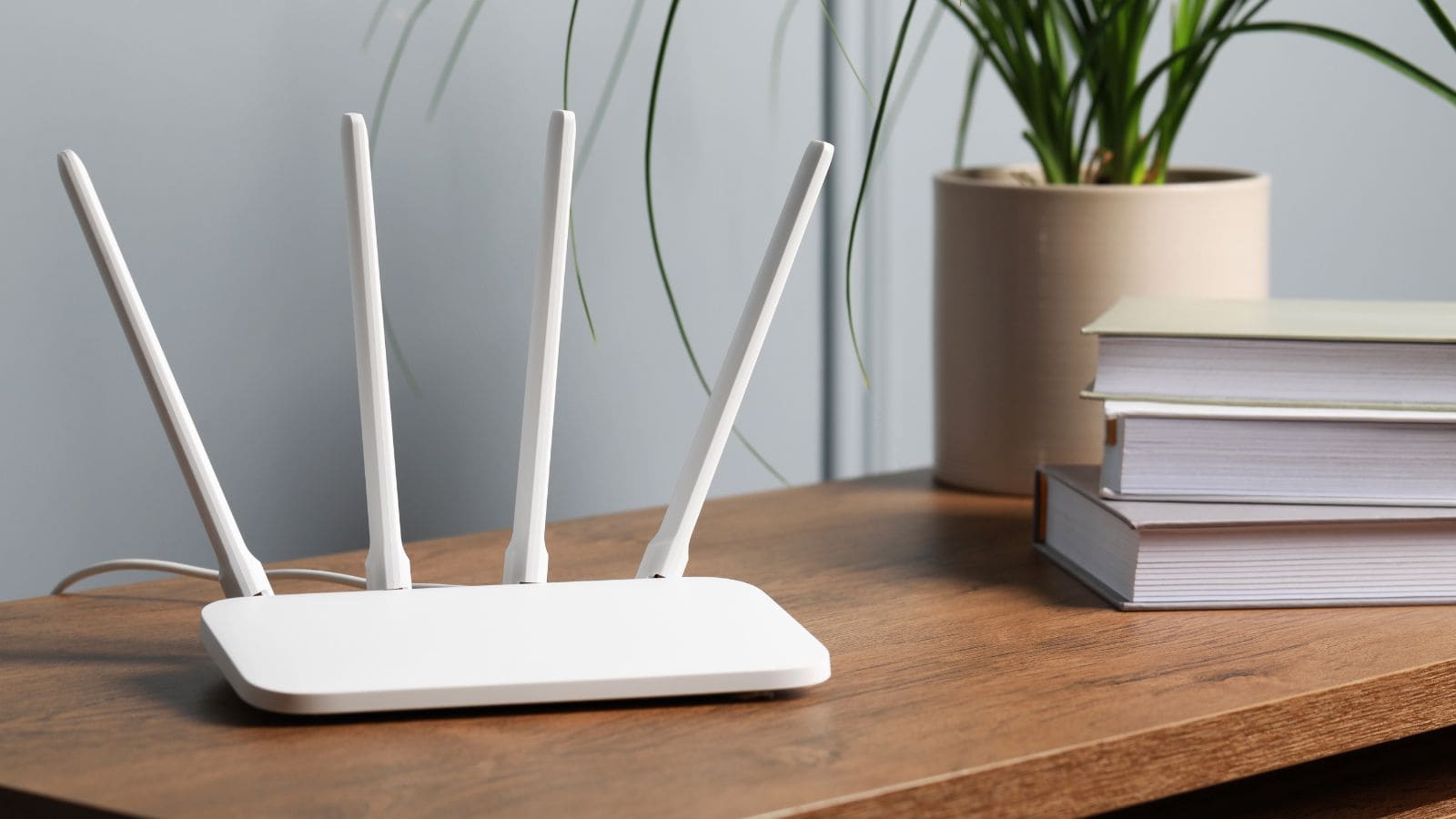
If your Wi-Fi network isn’t secure, this can spell serious trouble for your home security system. Ultimately, it will only be as secure as your Wi-Fi, so don’t leave Wi-Fi settings easy to access, such as by using weak passwords or leaving it unprotected. This will make it easy for hackers to access your cameras and alarms, and unfortunately, this is becoming more common. Use WPA3 encryption, the most secure Wi-Fi protocol for home systems, along with a strong password, and this will protect your system from cyber vulnerabilities.
Overlooking Backup Power Options
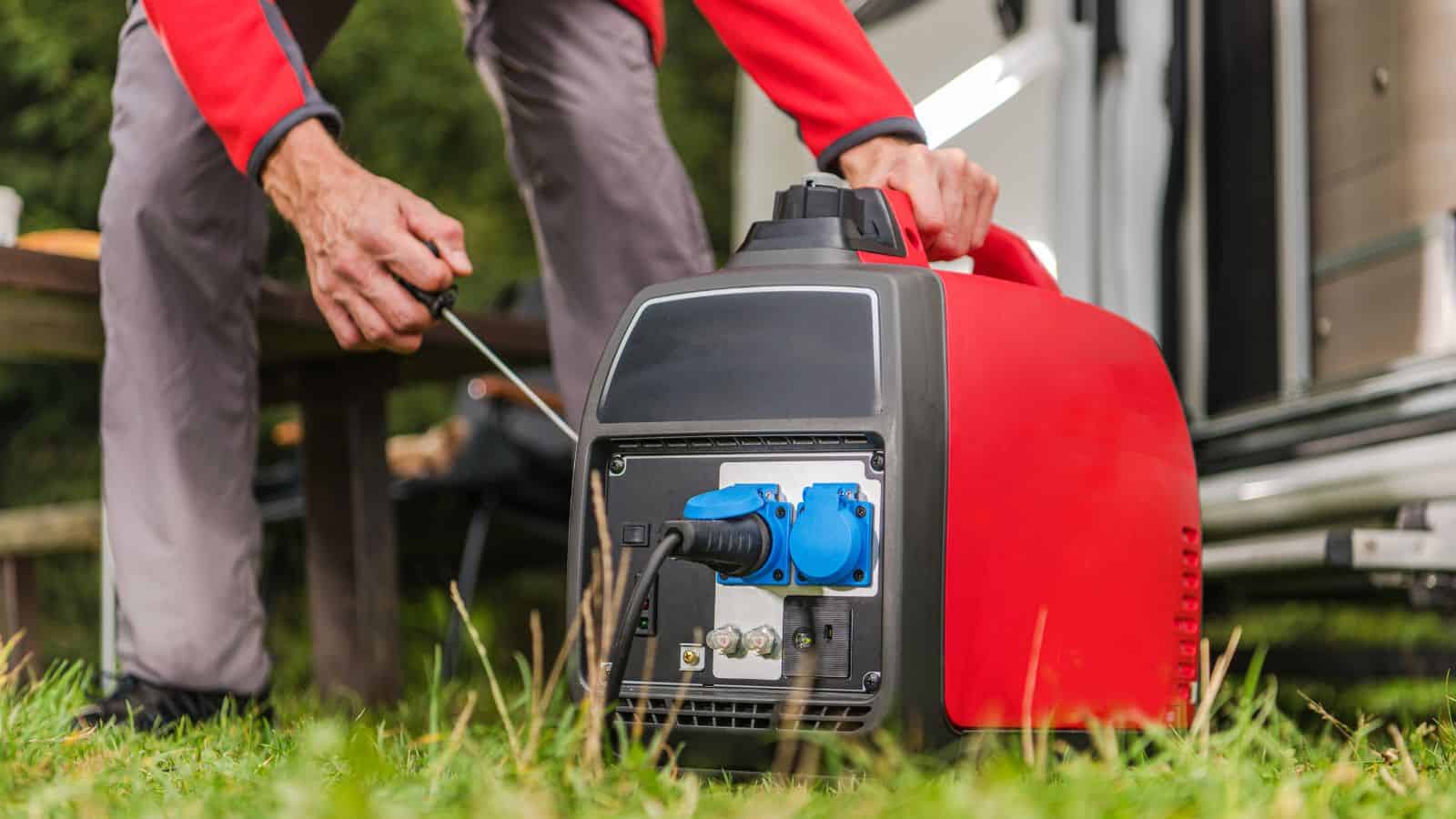
During a power outage, many systems without backup batteries shut down, leaving a home unprotected. As a result, if the security system relies solely on the main power, it’s vulnerable to any grid issues. Options like uninterrupted power supplies (UPS) specifically designed for home security provide alternative power to keep your system active during outages. Trust us–you’ll want to take this into consideration because craft burglars may even target your power grid to deactivate your home security system.
Setting Cameras Too High or Low
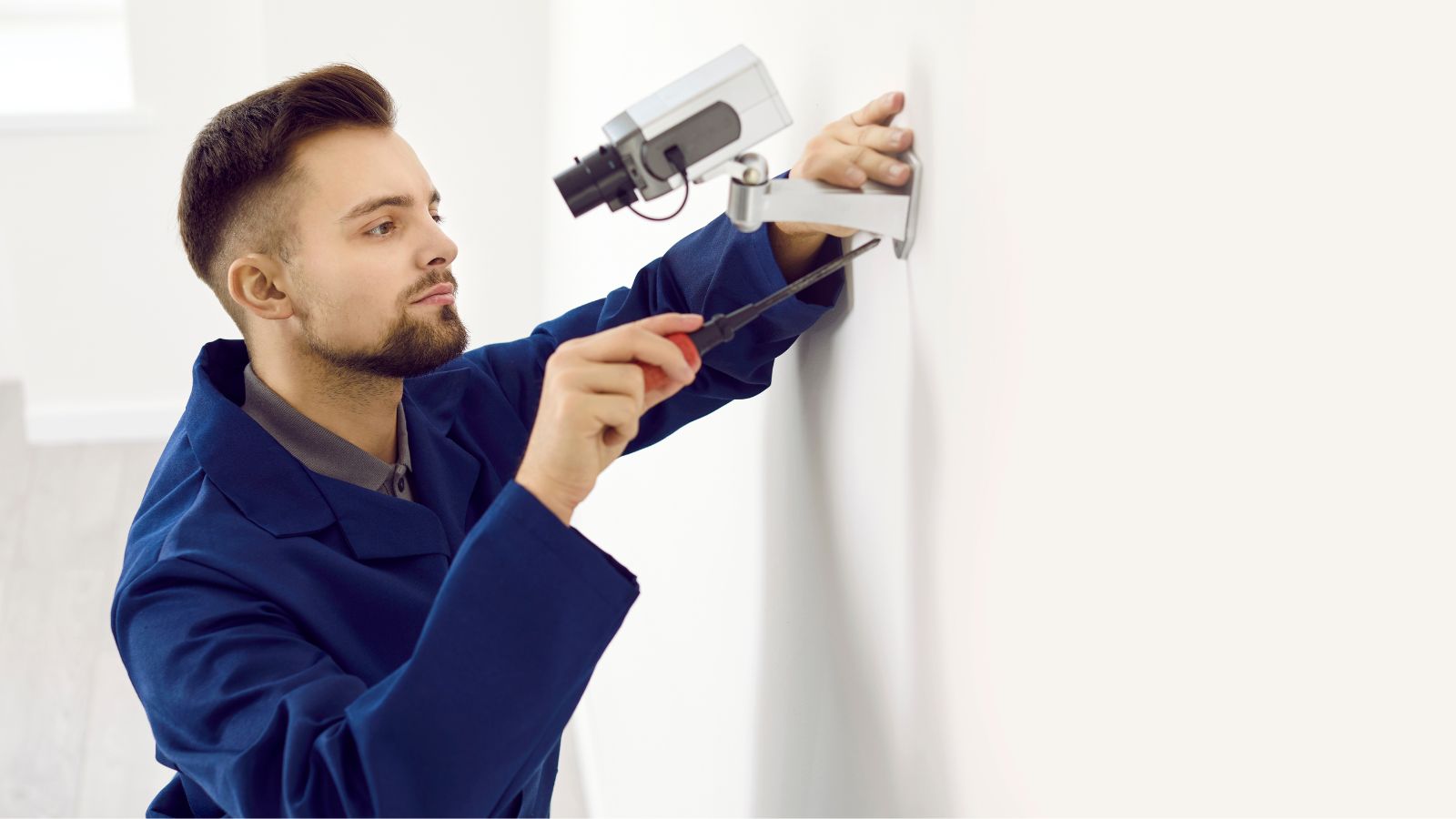
One of the most common blunders when it comes to installing a home security system is setting camera height and angles incorrectly. Obviously, this will greatly impact the quality and coverage of the footage, with cameras too high up missing important details, with those too low being prone to vandalism. Make sure you think this through when adjusting your camera placement, and you should be good to go.
Ignoring System Updates and Maintenance

Even the best security systems need regular updates to stay effective, often patching security vulnerabilities. Unfortunately, many users ignore these prompts, as they just don’t see them as unnecessary. Thankfully, though, some systems offer automated updates, so look out for this option when setting up your security system to ensure that keeping updated is convenient.
Skipping Professional Installation When Needed
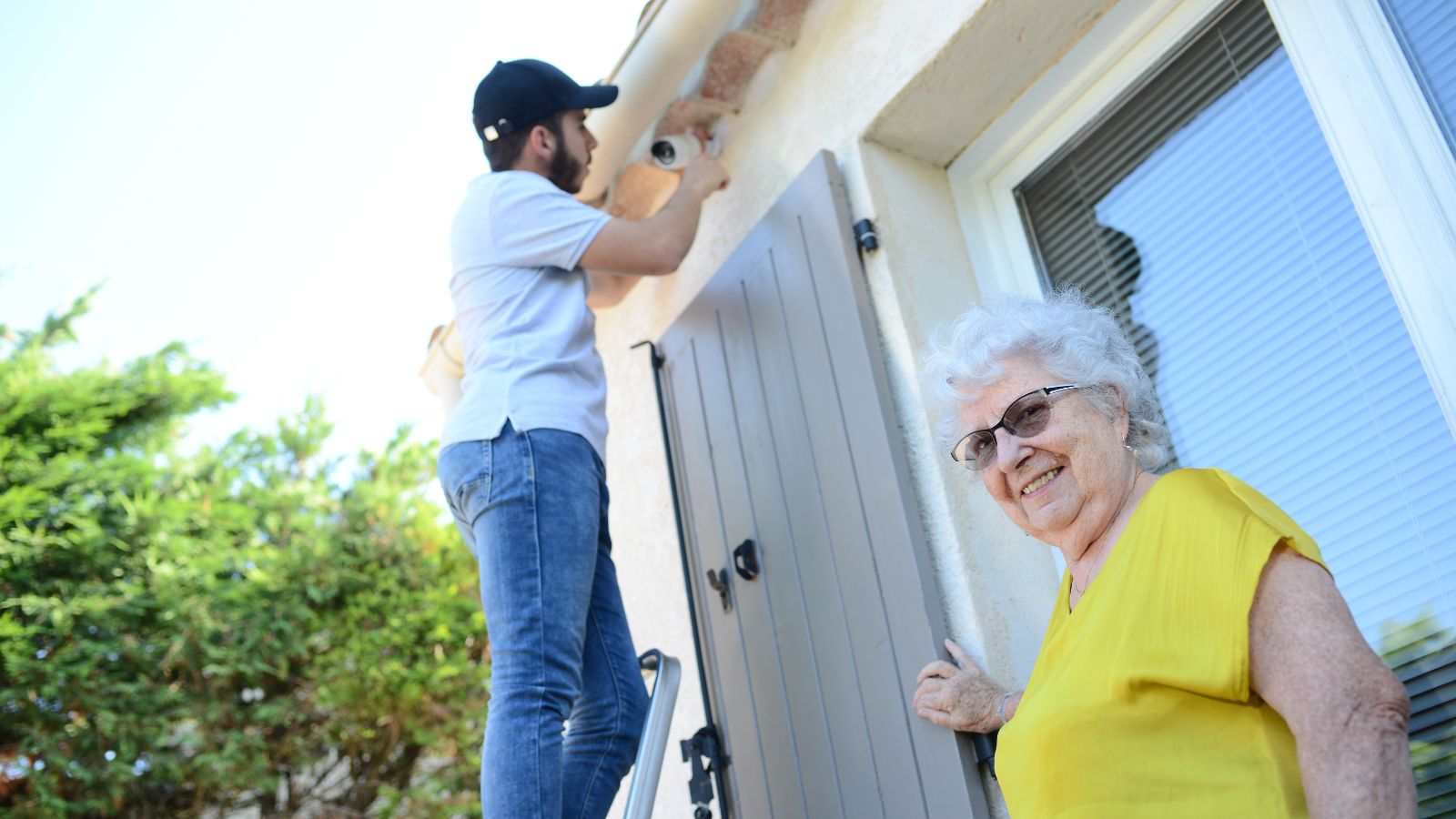
There’s no denying that DIY home security installations can save money, but some setups are just too complex to handle without professional expertise. Incorrectly installed systems often lead to poor performance and security gaps, so unless you’re an expert, professional installation is going to be your most secure bet. Best of all, professional installation generally ensures warranty coverage, providing peace of mind that if your system fails, it can be sorted for free.
Neglecting Motion Detection Settings
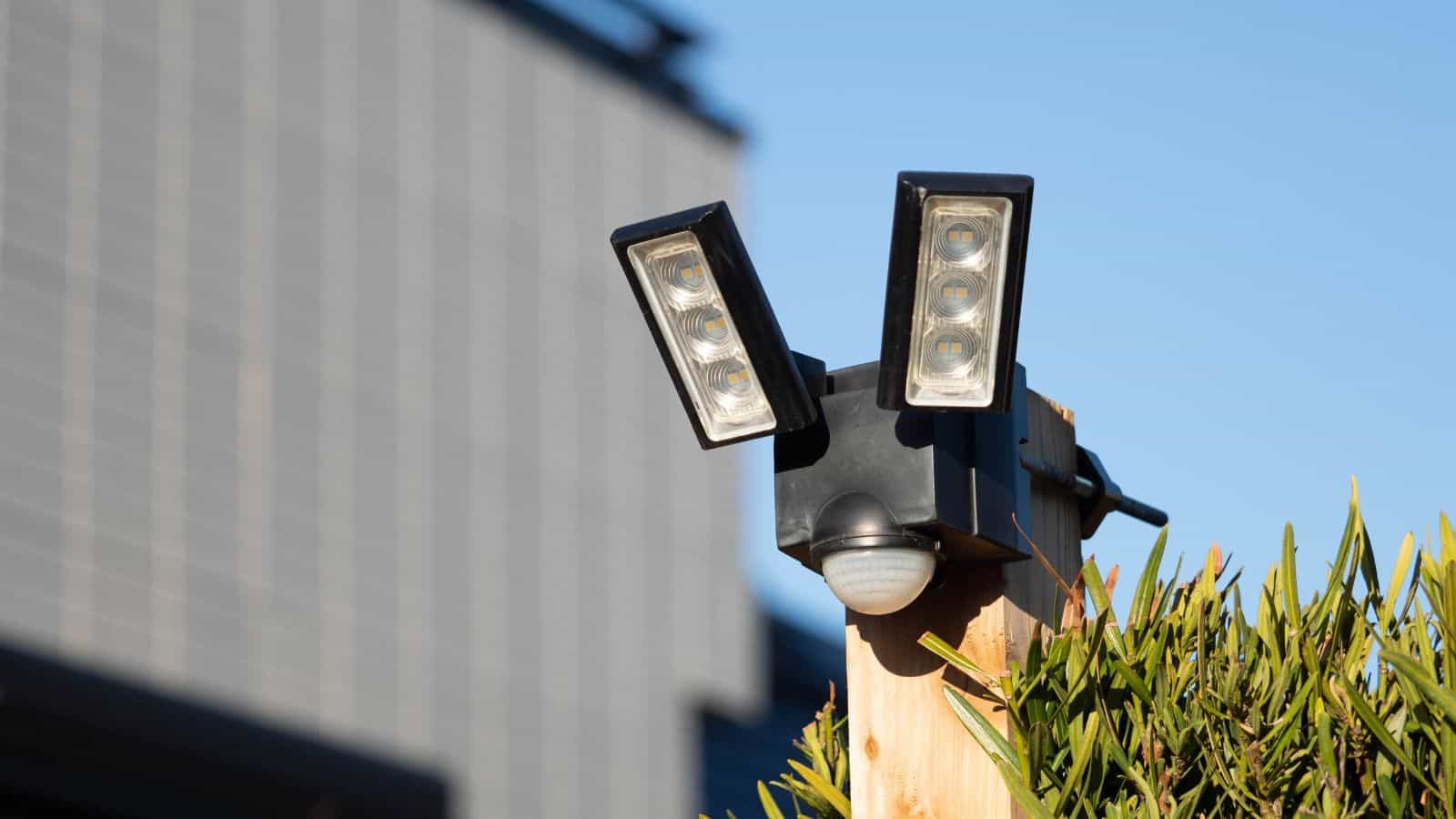
One of the most convenient and impressive features of modern home security systems is their motion detectors. With the right settings, these can be very powerful, but people often set them incorrectly, leading to false alarms or unresponsive sensors. Different types, like PIR (passive infrared) and microwave detectors, offer varied sensitivity levels, so make sure you do your research before applying such settings.
Failing to Test the System Regularly

Even a well-installed system can experience hiccups over time, so that’s where regular testing comes in. Take some time every few months to set off alarms and check sensor functions, verifying that everything’s working as it should. If you fail to do this and discover that your system didn’t work when you needed it the most, you’ll kick yourself, so don’t fall into this common pitfall.
Placing Cameras in Easily Accessible Spots
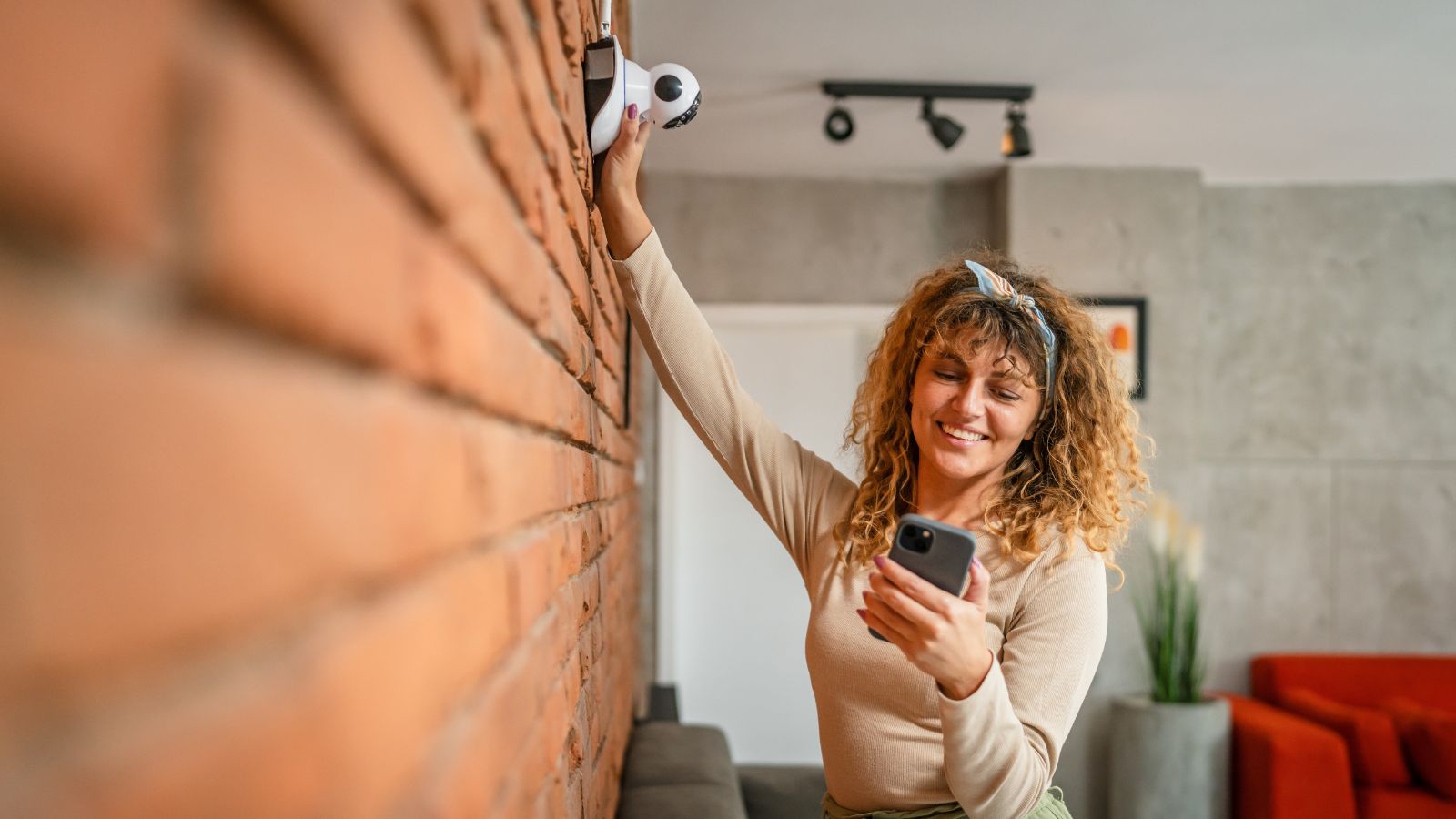
We briefly mentioned this earlier, but we want to reiterate in more detail that you should never position security cameras within reach. Yes, this may make installation easier, but it also increases their vulnerability. Intruders can easily disable cameras that are too accessible, so you should use tamper-resistant mounts or place cameras high enough in hard-to-reach spots, discouraging tampering and keeping your surveillance intact.
Using Old or Incompatible Hardware
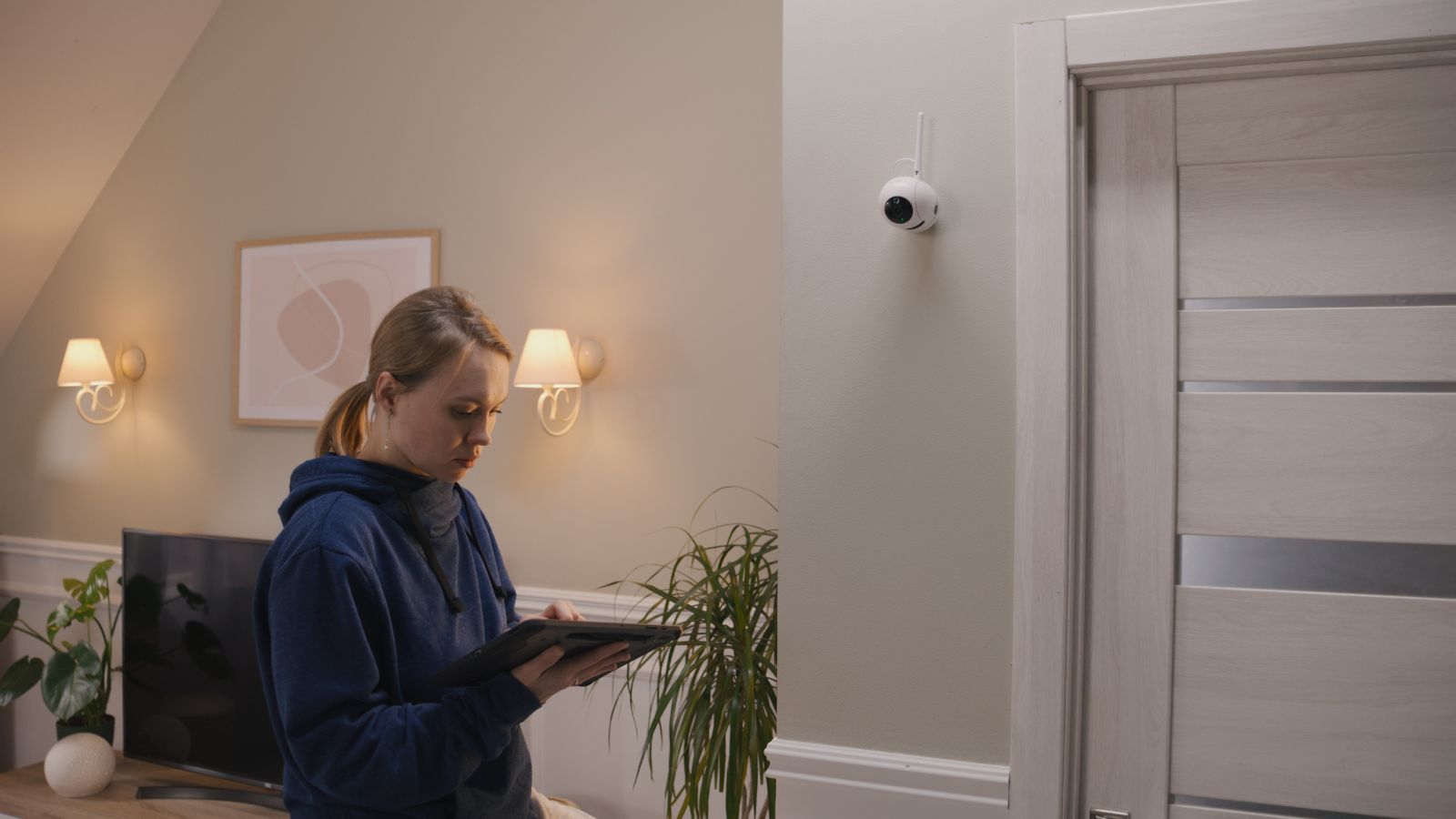
It can be tempting to mix older equipment with newer security tech to save some money, but it’s often a big mistake. Ultimately, such hybrid systems can lead to connectivity issues and reduced effectiveness, and outdated devices might not support modern encryption standards or communicate well with other system parts. We’d recommend starting fresh with the latest tech–that way, you can be sure that your security system is cutting-edge.
Over-Reliance on Just One Security Layer

Every type of security is going to contribute a sense of security to your home, so don’t just rely on a single element, such as installing cameras but without alarms. Doing so will leave gaps in your protection, and intruders might be able to notice this, using the gaps in an exploitative manner. At the end of the day, a layered approach, combining elements like cameras, motion detectors, and door and window sensors, will always provide the most comprehensive coverage.
Failing to Set Up Alerts Correctly

There’s something really comforting about receiving real-time alerts to your smartphone via your home security system, as even if you’re out of the house, you’ll know if something suspicious is happening. Therefore, you need to be careful to not improperly configure your notifications, as this could lead to missed alarms when you need them the most.
Installing Cameras Without Considering Lighting
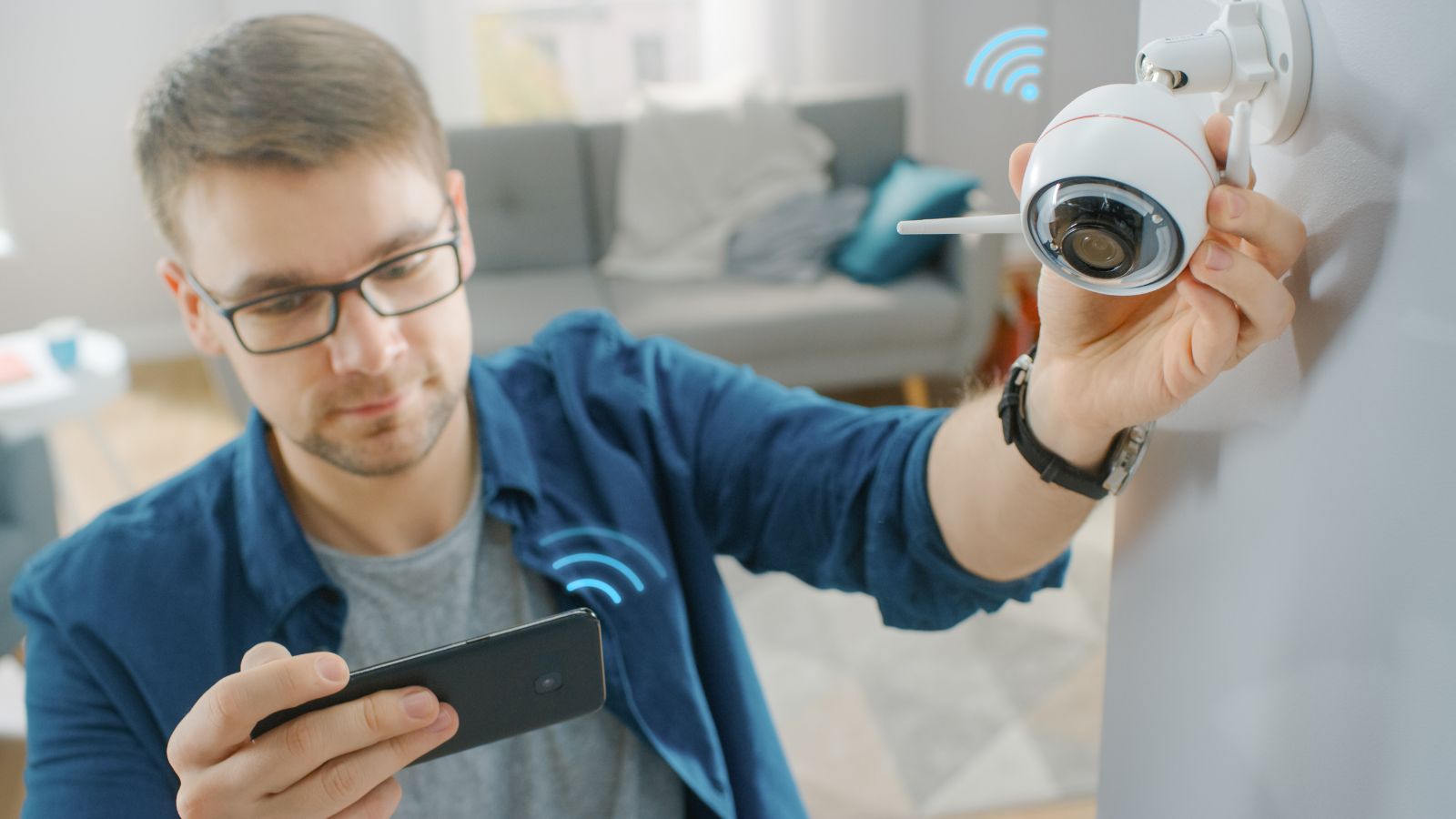
Not only should you consider the camera position when installing them, but you should also think about lighting. Even the best cameras can be rendered ineffective at night, so you shouldn’t rely solely on natural light. These days, a lot of cameras have infrared (IR) or low-light sensitivity features, but as a back up, we’d still recommend installing some external lighting near each camera.
Not Labeling Zones for Motion Sensors
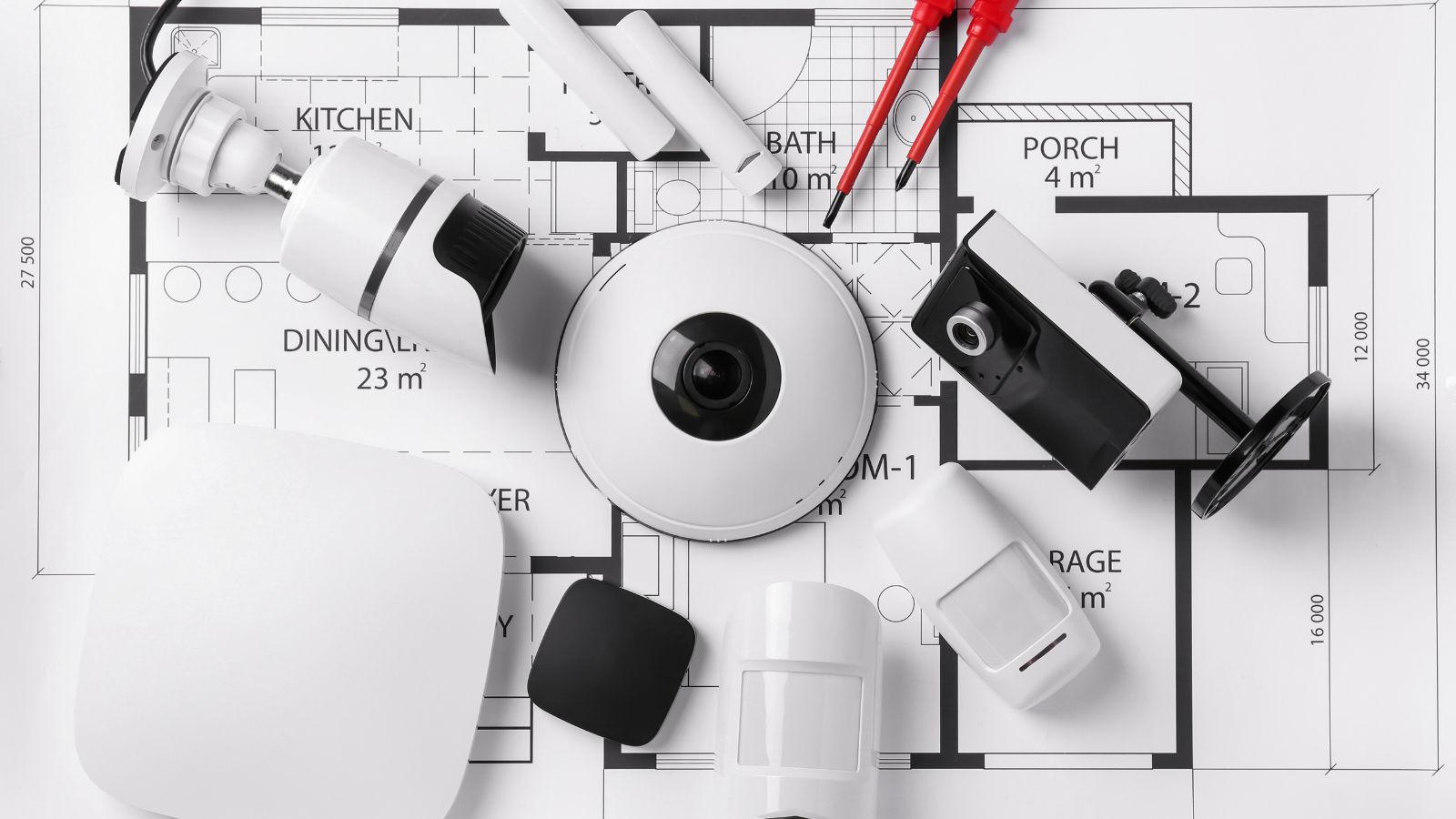
It can be easy to lose track of your cameras and what triggers each one’s motion sensor, so don’t forget to label each zone, helping you to make modifications and identify problems more easily. Usually, you can do this within the system on your computer or smartphone, and trust us–doing so is going to save you a lot of headaches.
Setting Alarms Without Delay or Exit Options
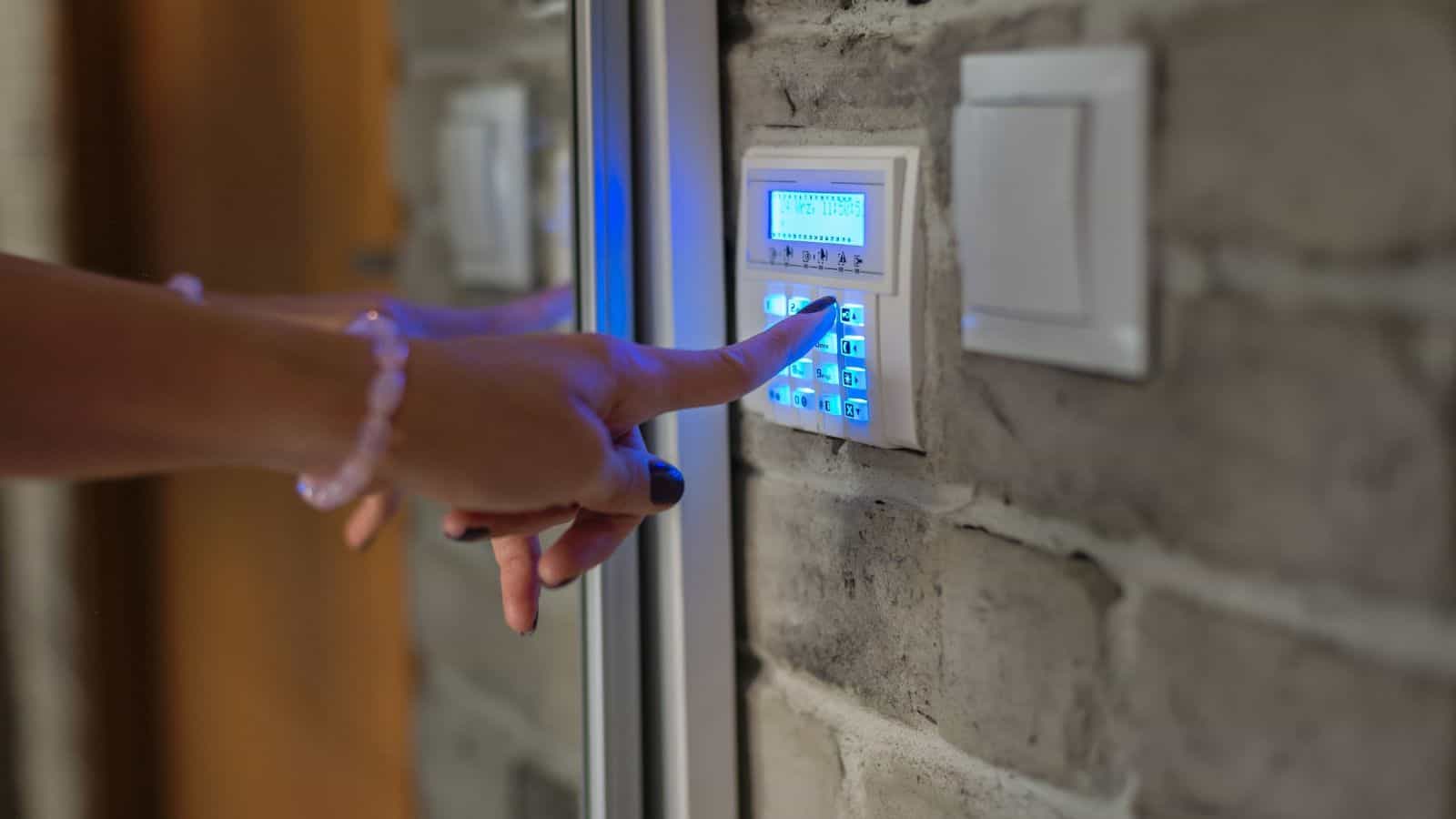
While an immediate alarm might seem like a good idea, it can actually lead to accidental triggers and a whole lot of stress. That’s why delayed alarm features exist, giving you time to arm or disarm the system without unintended disturbances. A standard delay of around 30-60 seconds provides a smoother experience while maintaining security.
Forgetting About User Permissions and Codes
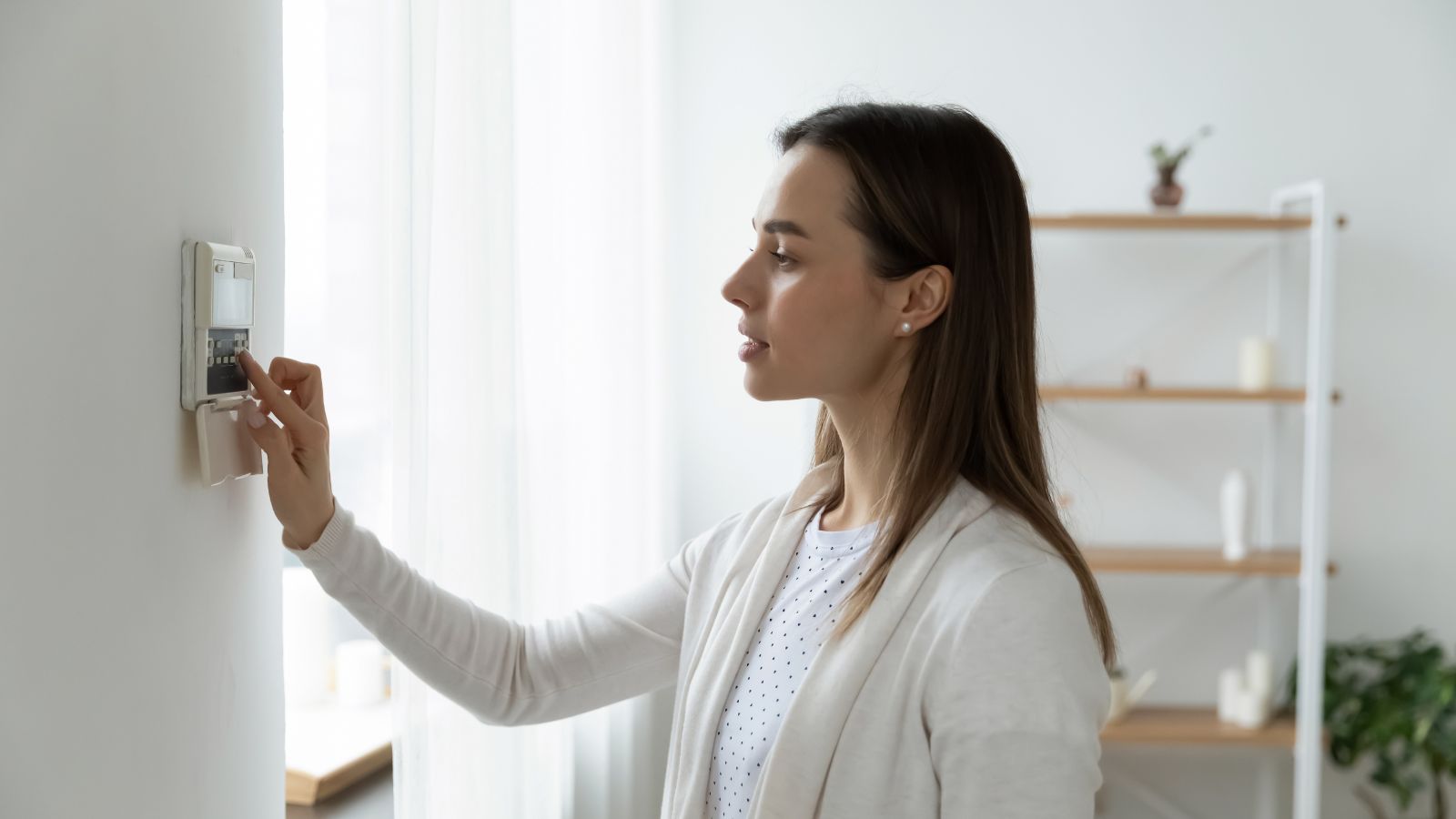
Perhaps the most important mistake to ensure you never make is to forget to write down your user permissions and security codes. These are going to be essential for you to disarm alarms, modify settings, and look through past footage backups. Unfortunately, if you forget these codes, you might need to hard reset your home security system, and you’ll have a whole lot of work getting them up and running again. Keep these codes and permissions safely written somewhere, and you’ll be able to avoid this hassle.
